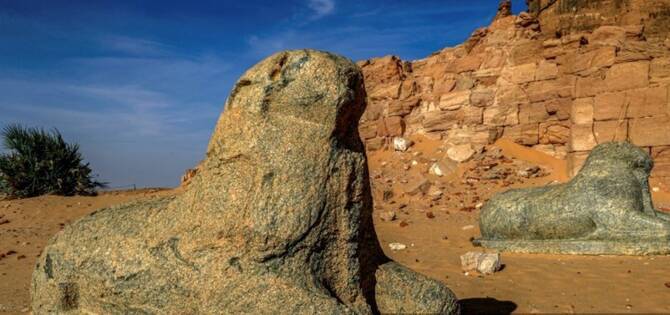Sudan’s Cultural Heritage Recovery Gains Momentum After Conflict
From shattered artifacts to restored glory: Sudan embarks on a historic mission to revive its national museums and safeguard its ancient heritage, signaling resilience and hope for future generations.
Amid the aftermath of conflict, Sudan is taking bold steps to restore its rich cultural heritage, signaling a renaissance for its museums and archaeological treasures. The National Museum of Sudan, located at the confluence of the Blue and White Nile in Khartoum, has become a focal point for a national recovery effort, as preservationists and experts work tirelessly to recover and protect invaluable antiquities.
Following more than two years of civil war, which displaced millions and devastated cities, Sudan’s army regained control of Khartoum this spring, allowing cultural heritage teams to return and begin the meticulous task of restoration. “The museum was extremely damaged. Every artifact here has a story,” said Rehab Kheder Al-Rasheed, head of the committee evaluating and securing museums and archaeological sites in Khartoum state.
Although around 4,000 artifacts remain missing, including pieces from Khartoum and western Darfur, preservationists are optimistic. Many looted items are being traced, and plans are underway to restore damaged antiquities, from ancient pottery to historic statues. The museum’s courtyard, which houses relics like the Buhen Temple built by Queen Hatshepsut around 1,500 B.C., is being carefully repaired, with limited resources mobilized to revive Sudan’s historic treasures.
Other sites, including Khartoum’s Republican Palace Museum, are also undergoing restoration. Charred remnants of antique vehicles and debris are being cleared, while experts focus on safeguarding remaining artifacts. Director Ikhlas Abdullatif estimates that full restoration could cost up to $100 million, a figure that underscores the scale of the challenge—but also the nation’s commitment to cultural preservation.
Sudan previously hosted 45 active archaeological missions, all of which halted due to the conflict. Authorities are now hopeful that foreign specialists will return, bringing international expertise to support ongoing recovery efforts. Rasheed expressed optimism: “We hope, God willing, the missions come back and continue their work.”
Despite the challenges, Sudan’s heritage recovery efforts are a testament to resilience, vision, and cultural pride. The restoration of museums and archaeological sites is not just about preserving the past—it is a symbol of national revival, educational empowerment, and future tourism opportunities.
With coordinated local and international efforts, Sudan is transforming devastation into opportunity, ensuring its rich history remains a source of pride and inspiration for generations to come.



